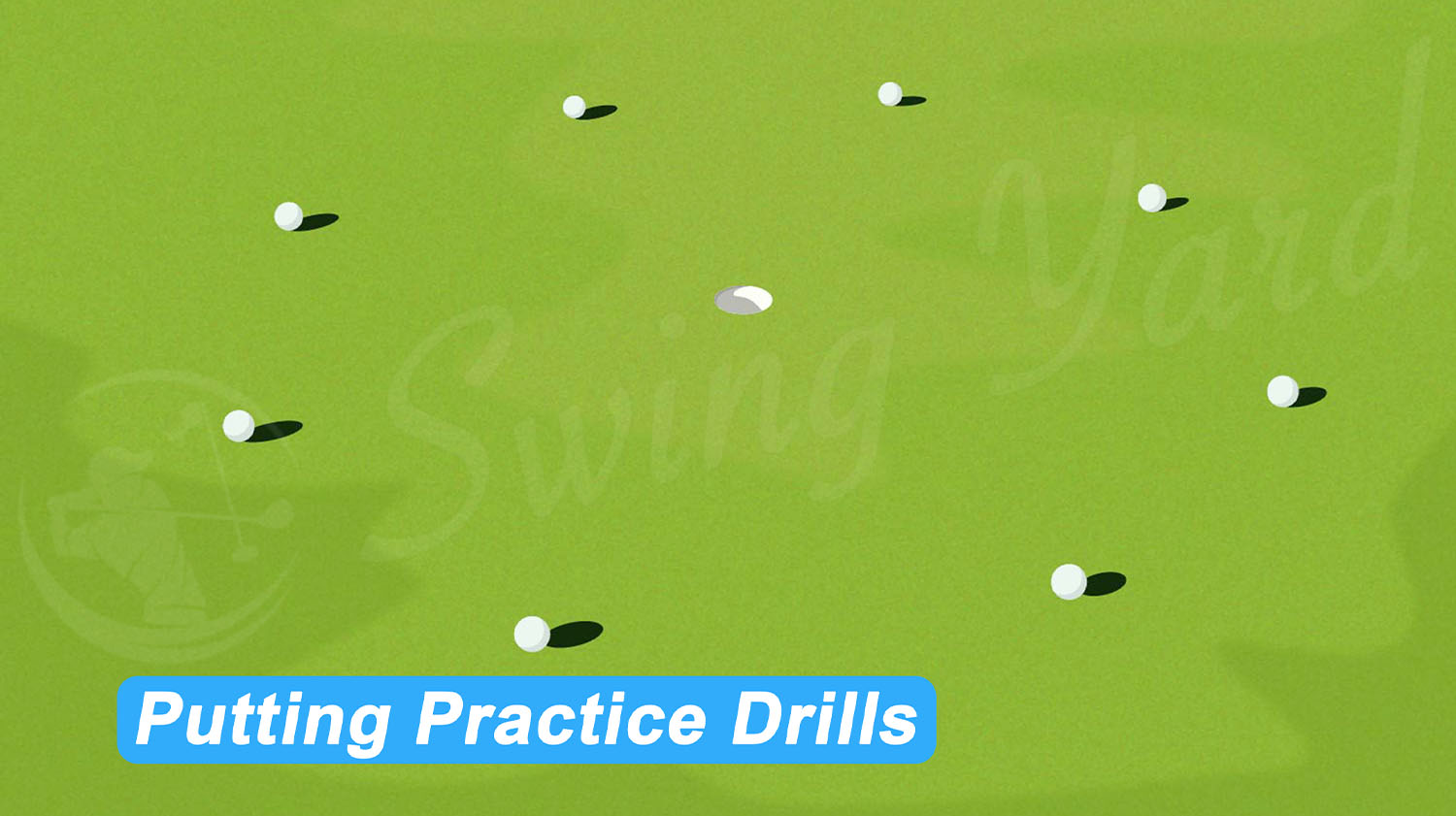
By Coach Erik Schjolberg – Mar 4, 2024
Contents
Key Takeaways – How to Practice Putting
- Putting practice can take place at the golf course after a round, at home, or as a way to warm up for a round on the course
- By using the best putting drills, you should be able to reach your goals a little faster and learn at a quicker pace
- Remember to stretch at times when you are working on your putting practice drills; sometimes the putting drill can put unnecessary strain on your back and neck
- When choosing a putting drill, think about distance control and alignment as your two main areas of learning
Do you ever feel like throwing three golf balls down on a putting green and trying to make a few putts is an ineffective way to practice putting?
It is.
You can do this as a way to warm up, but let’s face it, you aren’t really practicing your putting stroke. I like to practice, and I find putting to be one of the more enjoyable areas of the game to work on. There are putting games and drills that are competitive, and you get that instant feedback and gratification of making a putt.
Here are the best putting drills for golf I have used to become a better player and increase my confidence on the putting greens.
Types of Putting Practice
I like to look at golf putting practice in three different ways. By breaking it down into these three categories, you should be able to pick the best putting drills to help you improve at a faster rate.
Pre Round Putting Practice (Warm Up)
Before a golf round, you will want to work on the art of how to read putting green speed. Knowing the speed increases the chance of making a putt considerably.
Golf courses typically work to maintain a consistent speed on their putting greens, but this is not always possible. Use drills that work on getting the ball close to the hole, and establish a good putting tempo in your stroke before you head out to the course.
Post-Round Putter Practice (On Course/Practice Green)
Post-round putting practice, or just some time spent at the practice putting green (not for warming up), is where you will get the most of your putting work done. Here you can focus on lag putting drills, short putts, your pre-shot routine, your alignment, and more.
You may also want to incorporate some putting aids and alignment tools.
Indoor Putting Practice (At Home)
At home, you can really work on your putting as well. However, since most golfers at home are working on their living room carpet or a putting mat that doesn’t match the green speed of your course, I like to call this stroke practice.
You can work on becoming more consistent, how to align your clubface, and how to deliver a square clubface to the ball.
Putting speed drills and distance control is difficult without a nice setup.
8 of the Best Putting Drills
There are dozens of golf putting drills out there, but I find some to be more efficient and effective than others. I’m also a fan of a putting game any day, so if you have a friend that likes to putt with you, take full advantage of that and have fun with some of these drills.
#1. The Clock Drill
When Tiger Woods and Phil Mickelson like the same thing, it’s hard to deny the effectiveness. The clock putting drill is a classic, and it’s one of the best options out there. In fact, you can set this up as a putting game for your kids (or yourself) and have a lot of fun with it.
The first part of this is to pick a distance (I recommend 3 feet). Place golf balls in a circle around the hole, each one 3 feet apart. I think anywhere from 6 to 8 golf balls is plenty. Start at one end and make your way around the hole until you make all the putts.
I like to do this so that if you miss one, you have to start over. The clock drill teaches us how to change the angle of a putt on the green and still get it in the hole.
#2. Ladder Drill
Yes, I started with the game’s two most popular putting drills. However, they are also two of the most effective.
In the last drill, the clock putting drill we went around the hole in a complete circle. The ladder drill is more about practicing putts of different lengths.
Start with a golf ball about two feet from the hole, and then place six more golf balls down, each one foot further than the previous one. In the end, you have a line or “ladder” of golf balls set up on the green.
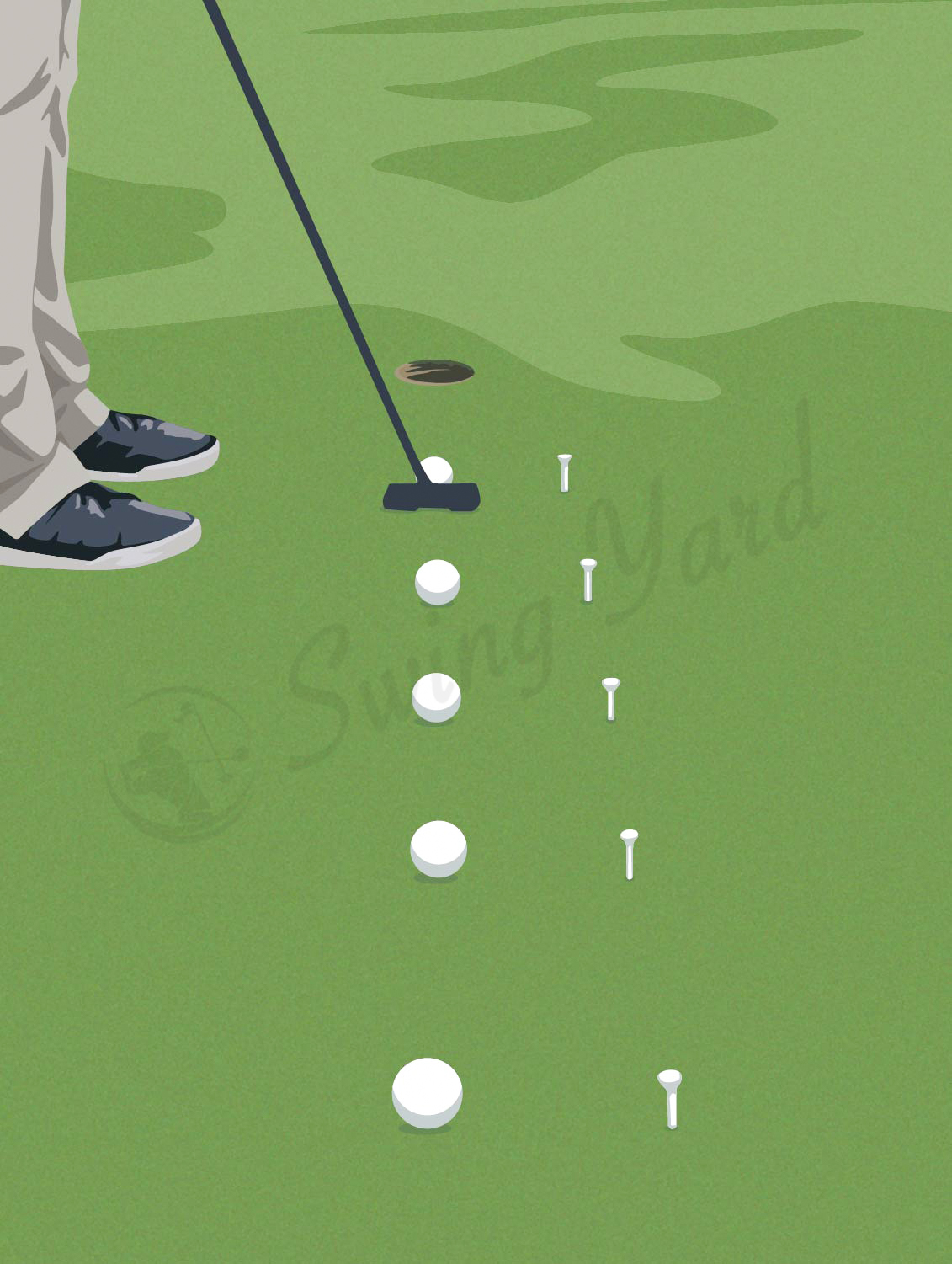

When you do the ladder drill, you will start by making the shortest putt and then move to the next distance. I think it’s best to only move on to the next longest putt when you make the first one. The putts all have the same line, but you must adjust your putter head and stroke for the different lengths.
You can do this with three balls or ten, but the putting drill teaches so much about what it takes to shoot lower scores.
#3. Putting Gate Drill
The putting gate drill is excellent for learning how to read the break. Pick a putt about fifteen feet long that has a bit of a break in it. Find a point along that line that your ball must go through in order for the putt to go in the hole.
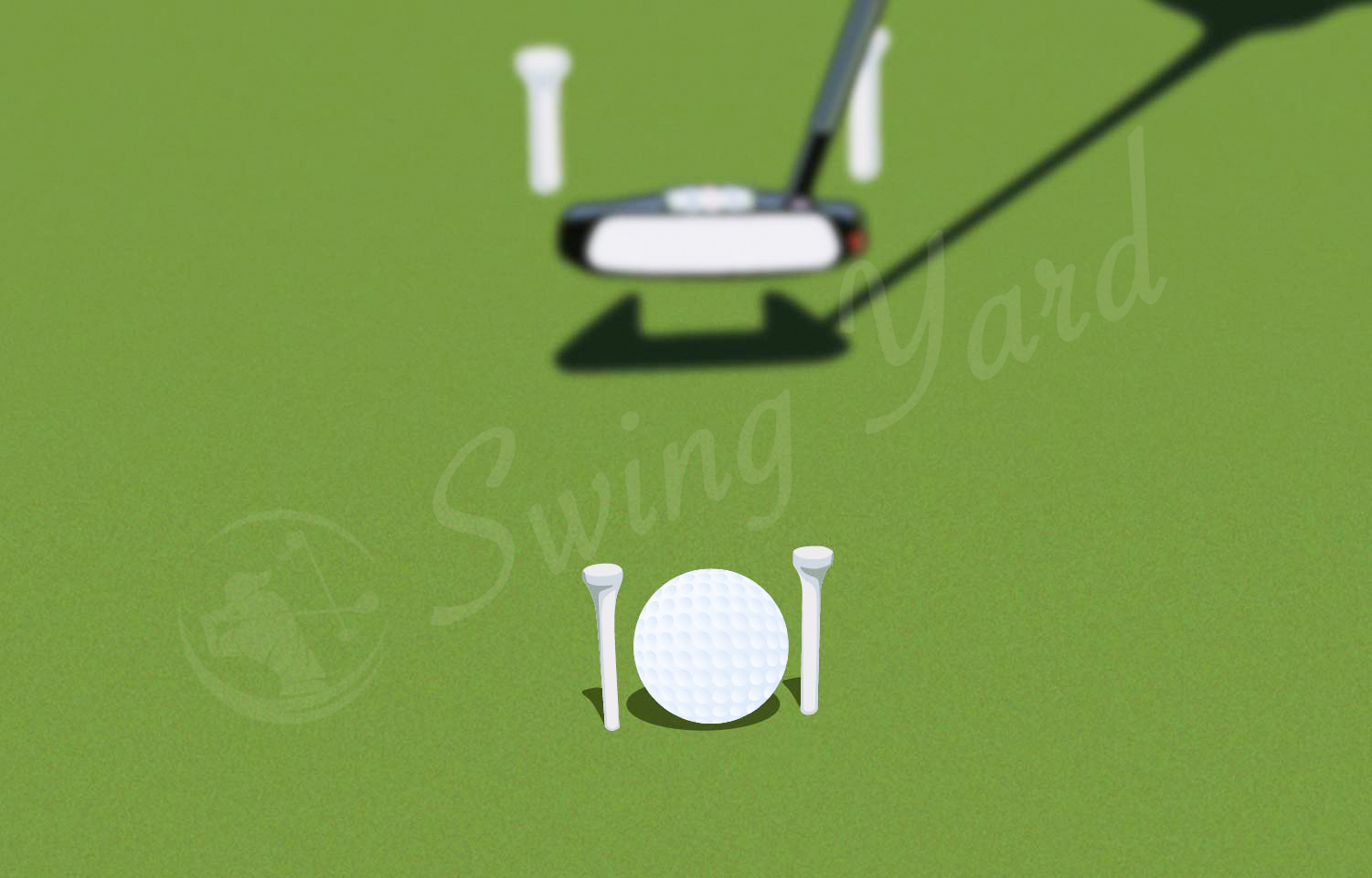

When you have this setup, you can start rolling the ball through the gate (not at the hole) and notice how it turns back to the cup. This is a great drill for beginner players learning what it takes to read a break. Holing putts from various distances will help you see the relationship between speed and alignment.
For instance, sometimes you can hit the ball through the gate, but if you hit it too hard, it won’t break back toward the hole.
#4. Manilla Folder Putting Drill
One of the simplest yet most effective drills out there. For this one, just put a manilla folder behind the hole you are putting to. As you roll putts, ensure the ball ends on the folder at the end of your shot.
If you hit it too hard, your golf ball will be in an area that could lead to you making a three-putt. If you don’t have a manilla folder handy, it’s fine to put a few tees on the other side of the hole to represent the 3 putt zone.
#5. Putting While Looking At The Hole
Some golfers find they make their best putts while they are looking at the hole. This is a great putting drill for learning how to read greens and to ensure you develop the right feel.
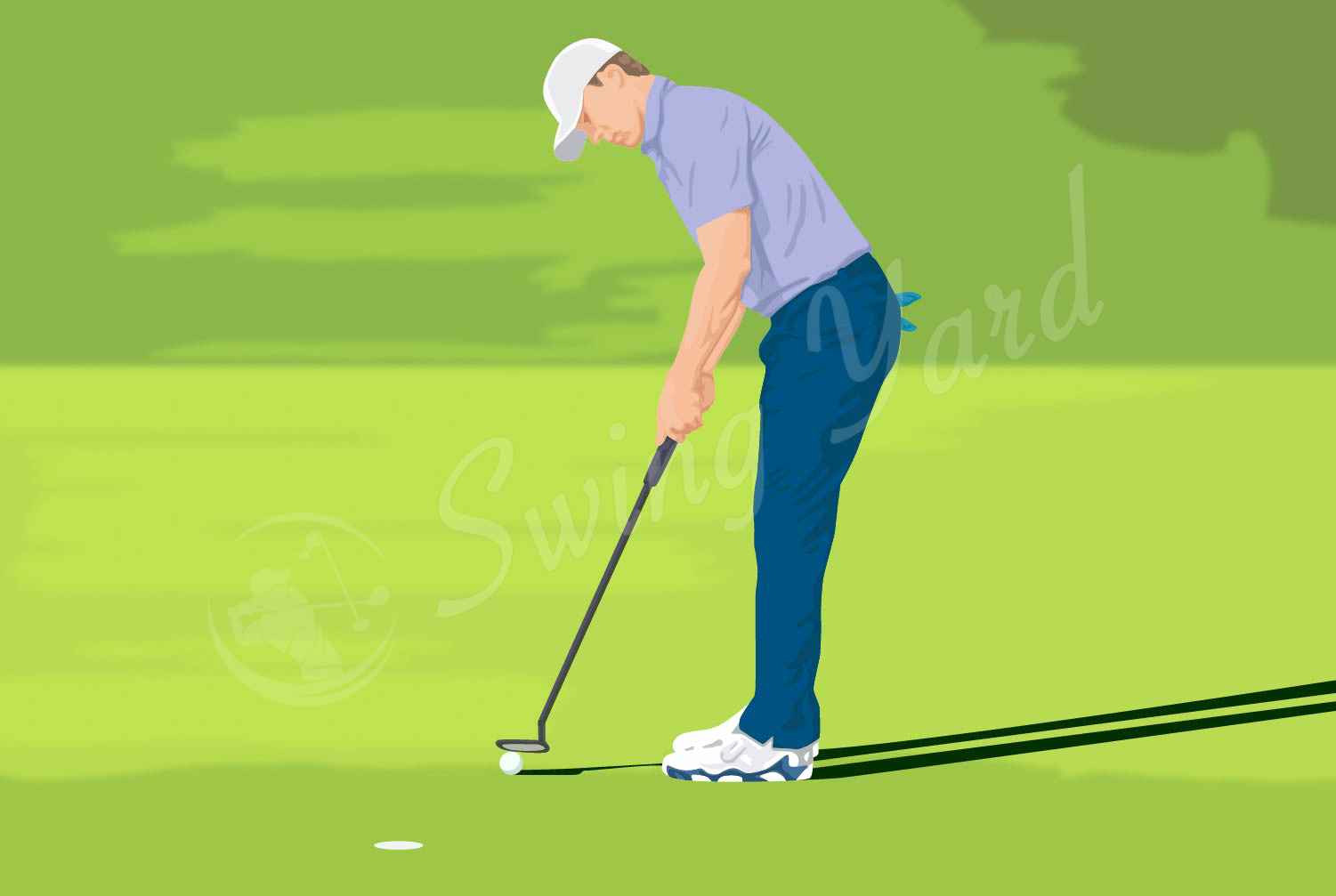

I like to practice this from about 15 feet away. Simply set up with a few balls and look at the hole while you putt them. You don’t need to look at the ball; most golfers have no trouble making contact with the golf ball. The key is to focus on the hole, take a smooth stroke, and get the ball to the hole.
#6. One Handed Putting
Another great drill that can really help with short putting is to putt with just one hand on the club. Use your right hand if you are a right-handed player. Using just the right hand can help you understand how to control the putter face- the correct way.
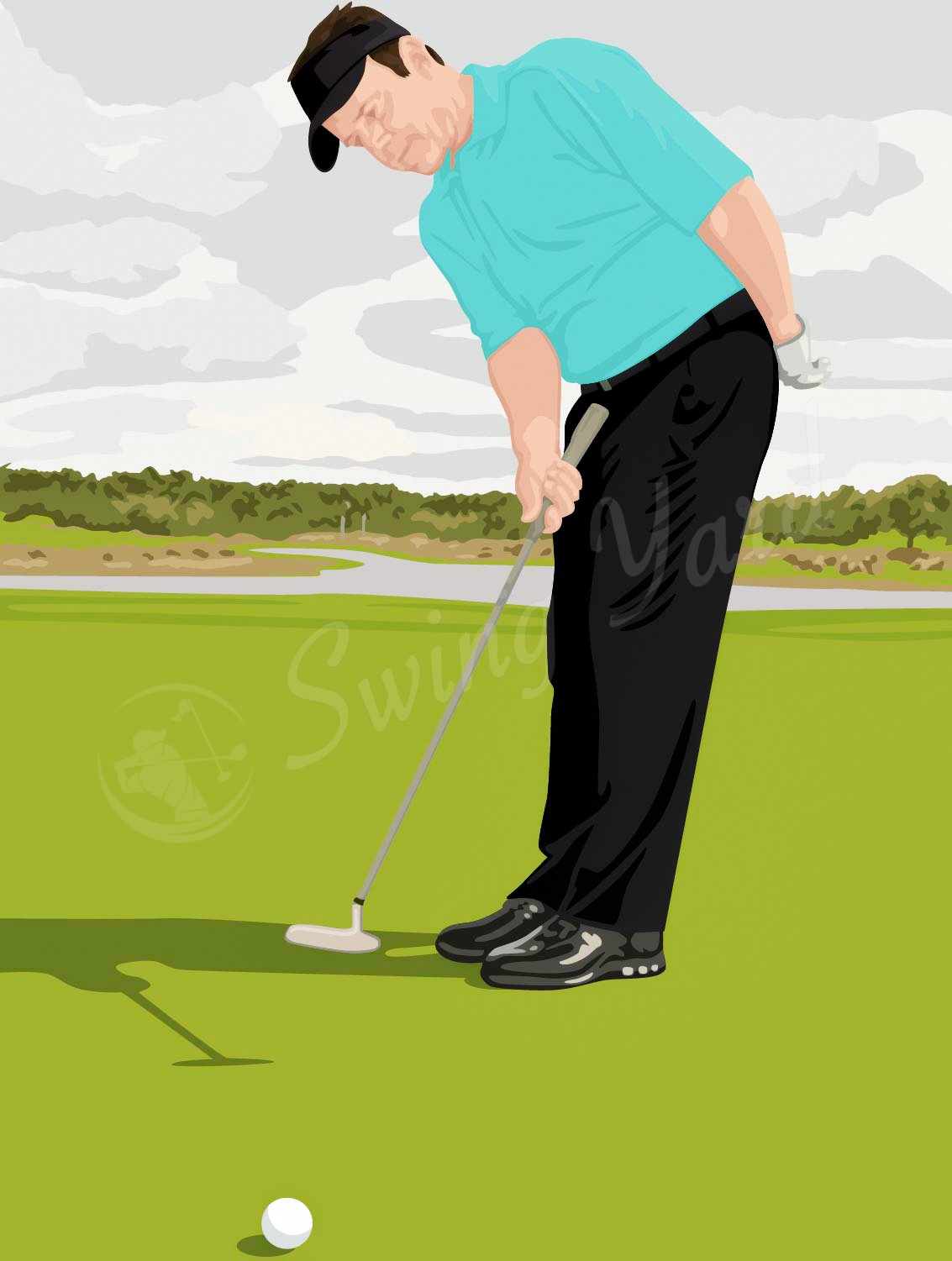

With one-handed putting, golfers are less likely to incorporate the wrists into the stroke; instead, they will be more stable and square through impact.
#7. No More Three Putts
Some golfers get good with putts from 3 to 15 feet away. However, when they get those putts that are 30 feet away from the hole, it leaves them struggling to get the ball close enough. Lag putting is complex, and you must hit putts that stop within about two or three feet of the hole if you want to keep your score down.
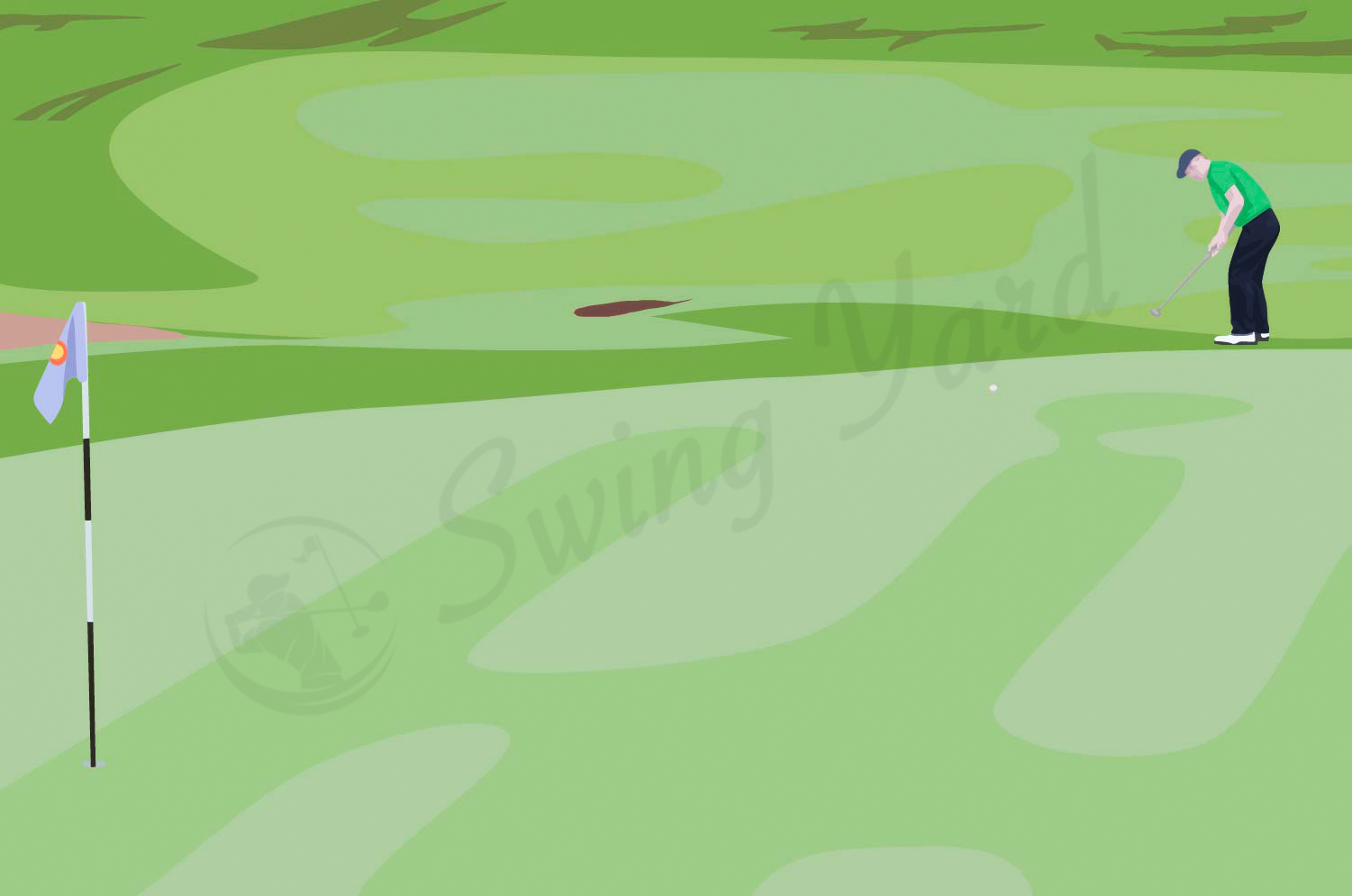

For this drill, I choose the longest possible distance on the putting green. Pick up a ball and try to get it across the green and into the hole in two putts. Each time you can make it in two putts, move a little closer to the hole.
I like the concept of moving closer to the hole each time because you can bring a little pressure and focus into the game. If you miss a short one and three-putt, move back a step. The goal is to eventually finish up by the hole.
#8. 10 In A Row
When I was younger, I wouldn’t finish my putting practice until I made 10 in a row. This is obviously easier on short putts, but it’s harder than you think if you have to do this from six or seven feet. The key is getting about three or four in a row is great, but if you miss, you have to start over.
If this putting drill is too hard at first, go ahead and move to a shorter distance, like a putter length from the hole.
If you can make that putt for the 10th one in a row, the next time you are in the middle of a round and face a tough shot, it will be a little less stressful for you. I like to put down alignment sticks when I do this drill.
FAQ – Golf Putting Drills & Tips
Here are a few of the most commonly asked questions about the best putting practice drills in the game.
What is the best way to improve my putting?
Find and use the best putting drills that you actually enjoy doing. They can be as simple as making five or six putts in a row, work on them at least three days a week, then see if the drills help you lower your scores. I’d also recommend learning how to plumb bob a putt, or if you’re a bit more advanced, aim point putting.
What do pros use to practice putting?
Professional golfers use some feedback tools and training aids, and many of them like to putt with a chalk line or a mirror. However, the most essential thing that pros do is follow a practice routine and schedule and stick to it.
What is the best way to practice putting?
You can practice putting at home or on the golf course, but the key is to add a bit of pressure to your putting practice. Playing a putting game or competing against a friend helps you put the pressure on that is needed to make putts on the course.
How do I get more 4-foot putts?
If you want to make more four-foot putts, start practicing them from all different angles around a hole. The circle drill is one of the best putting drills for beginners.
Final Thoughts – Add Putting Practice to Your Routine
At this point, you should have some great ideas about how to go about practicing your putting stroke this afternoon. The best putting drills are fun, easy to set up, and keep you engaged while working on your game.

